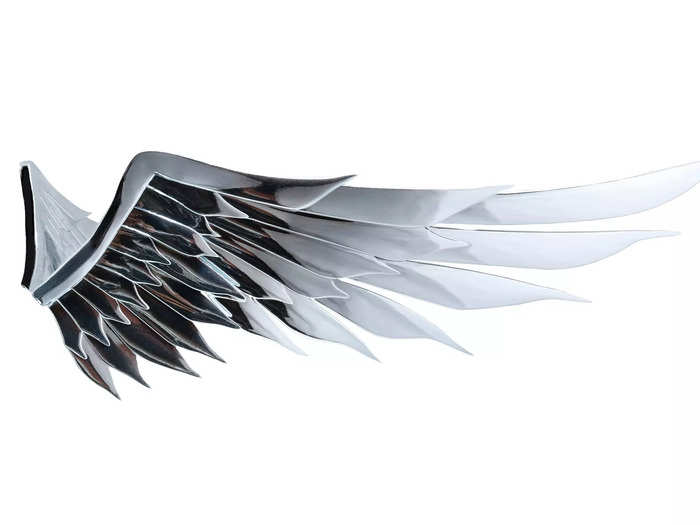ROBOT WITH REAL FEATHERS TAKES FLIGHT

Scientists at the University of Groningen have successfully created a robotic bird that mimics the way birds fly, thanks to its innovative design featuring real pigeon feathers.
The PigeonBot II, a robotic bird built by Professor David Lentink and his team, uses nine servo motors and a sophisticated algorithm to adjust its wings and tail mid-flight, providing stabilisation without the need for a vertical fin. This breakthrough feat demonstrates an engineering challenge once thought impossible.
According to German scientist Franz Groebbels, who first proposed that birds fly like "automatic airplanes" over 90 years ago, PigeonBot II has finally proven him right by successfully undergoing wind tunnel tests and soaring autonomously in the open air.
The implications of this technology are significant. Fuel-efficient airplanes could benefit greatly from ditching their vertical fins, reducing energy consumption and emissions. Moreover, stealthier fighter jets without a radar signature would make them harder to detect, providing a competitive edge on the battlefield.
Lentink's research has also revealed that bird wings possess unique properties that allow them to adapt to changing conditions. Birds use their feathers to adjust wing shape in real time, a skill replicable by PigeonBot II. This innovative approach could redefine the future of flight and inspire significant advancements in aviation technology.
The findings of this groundbreaking research have been published in Science and will likely spark further investigation into the potential applications of artificial intelligence and biomimetics in various industries.
